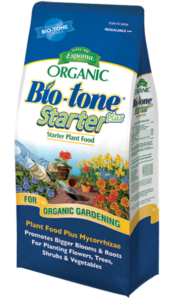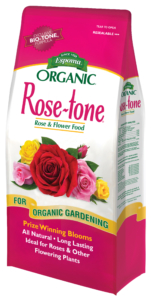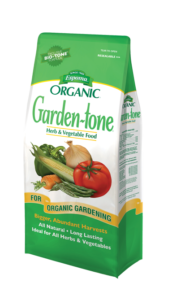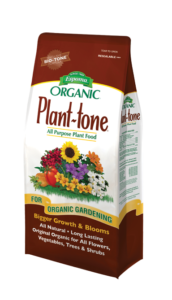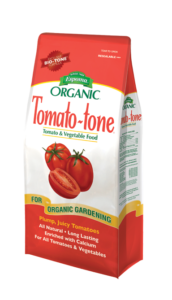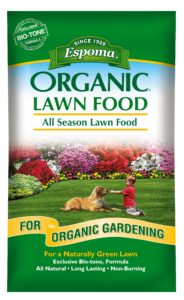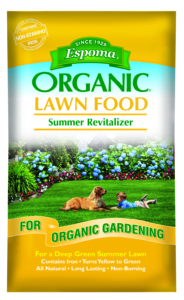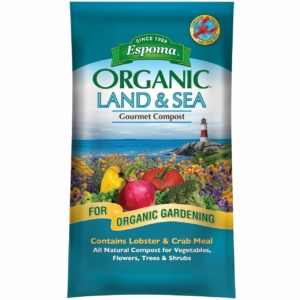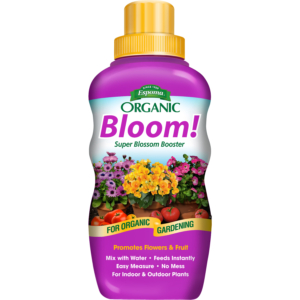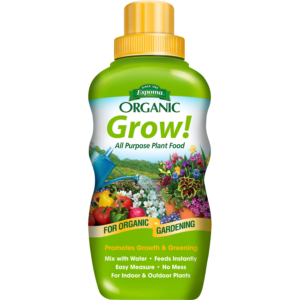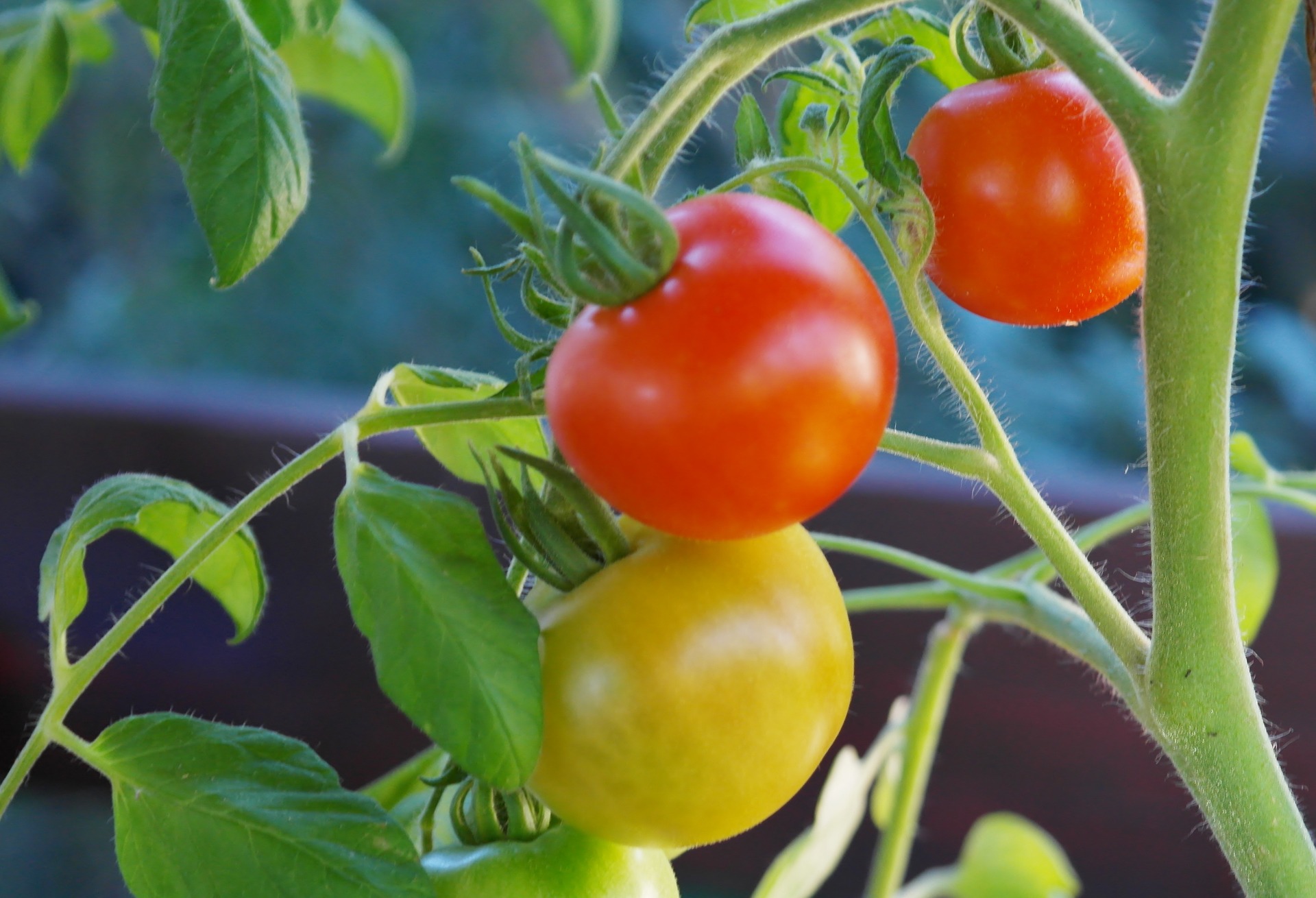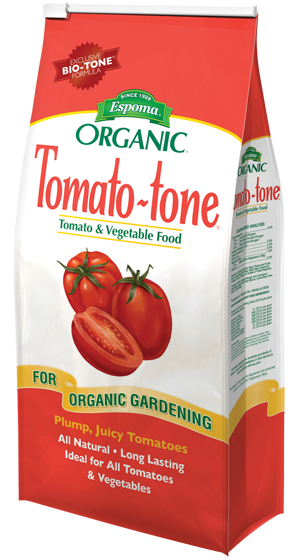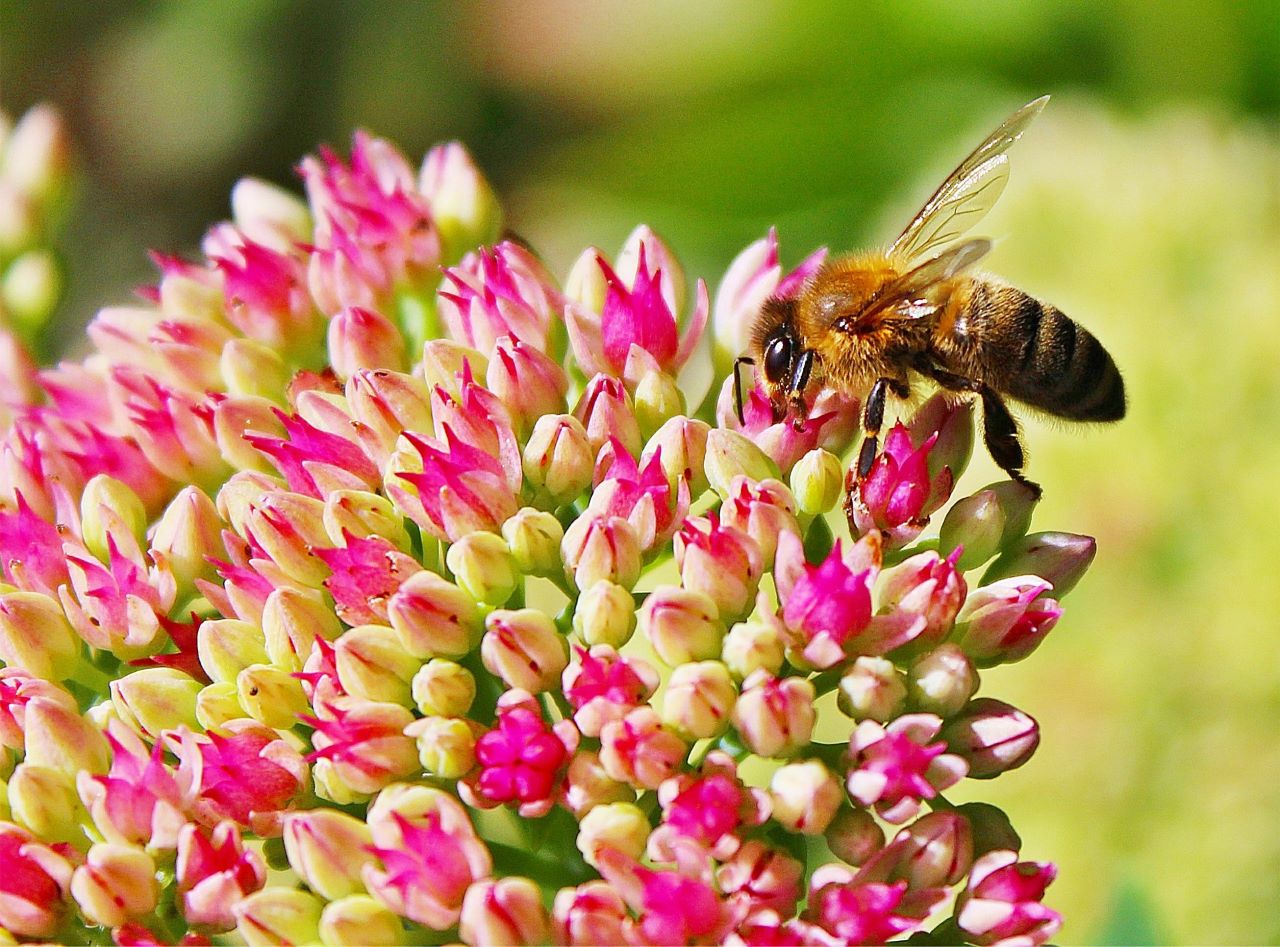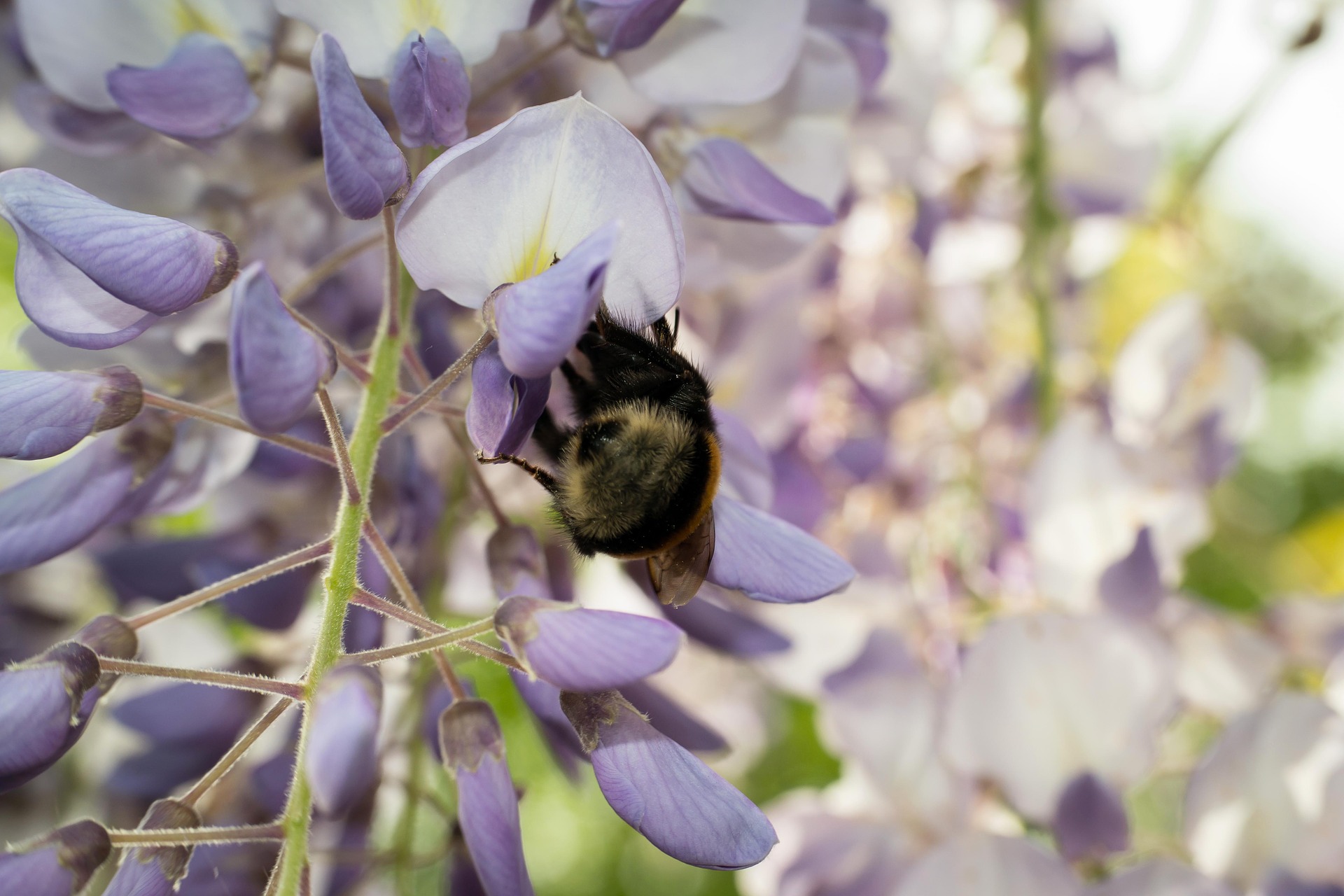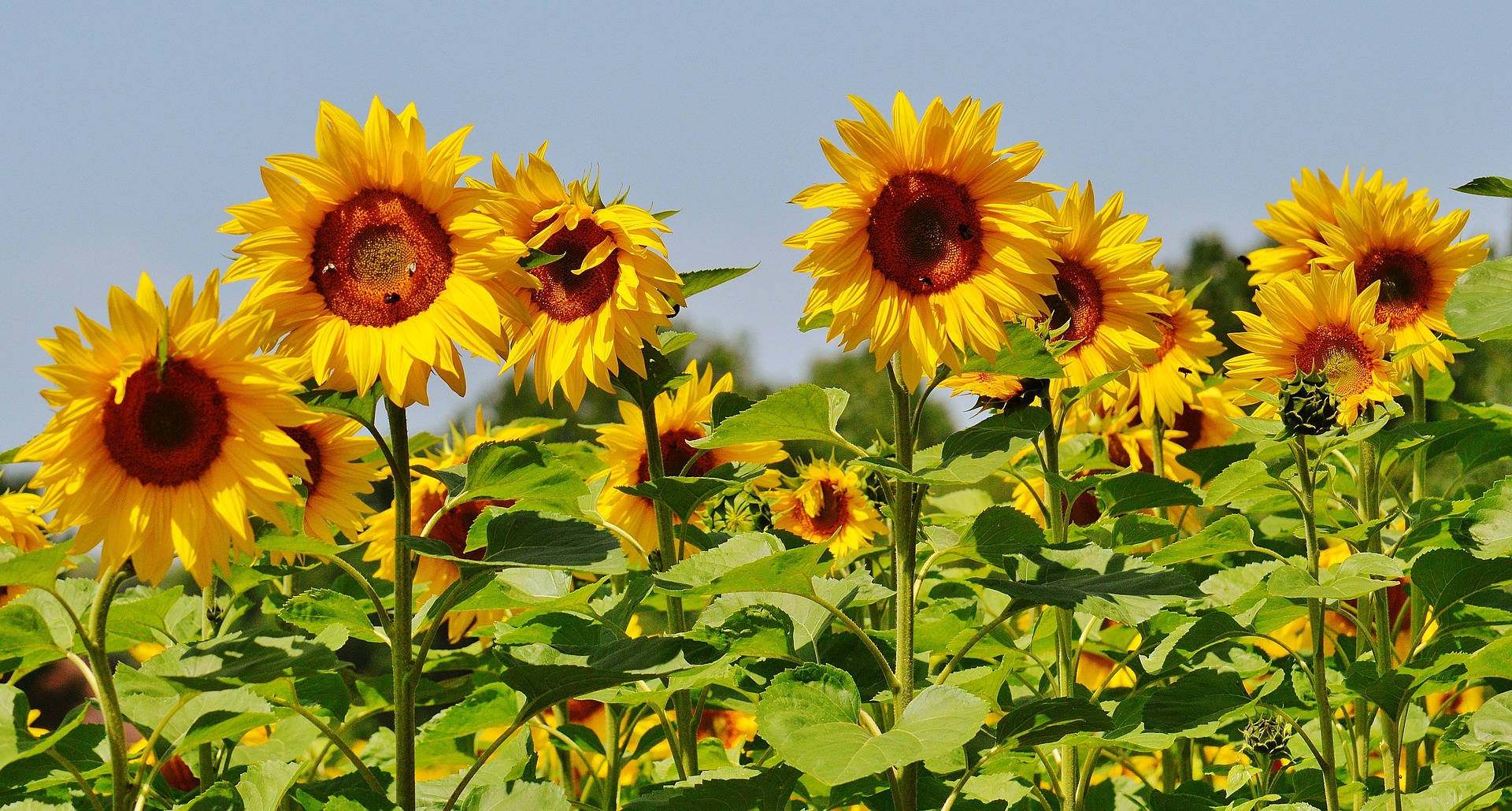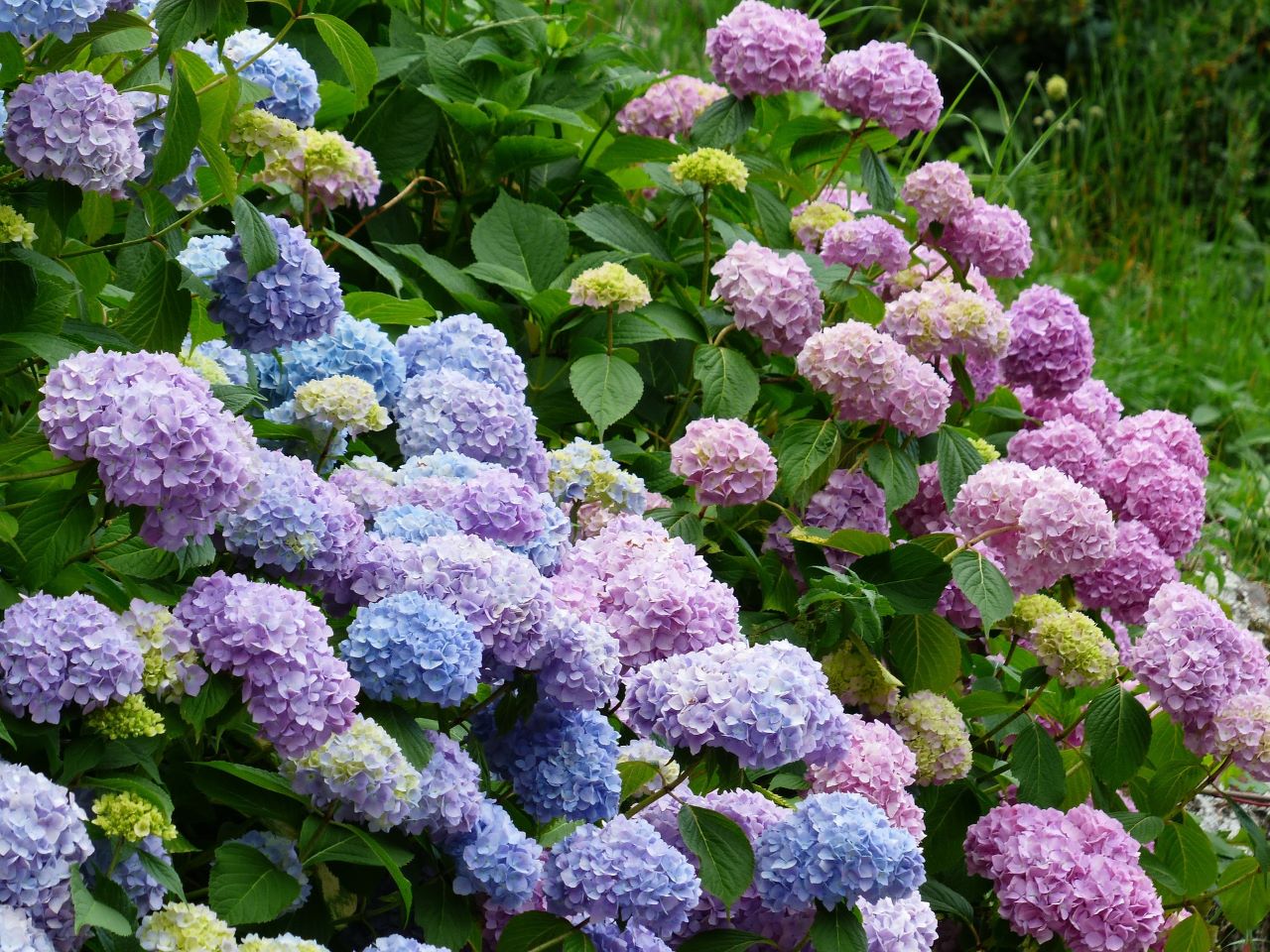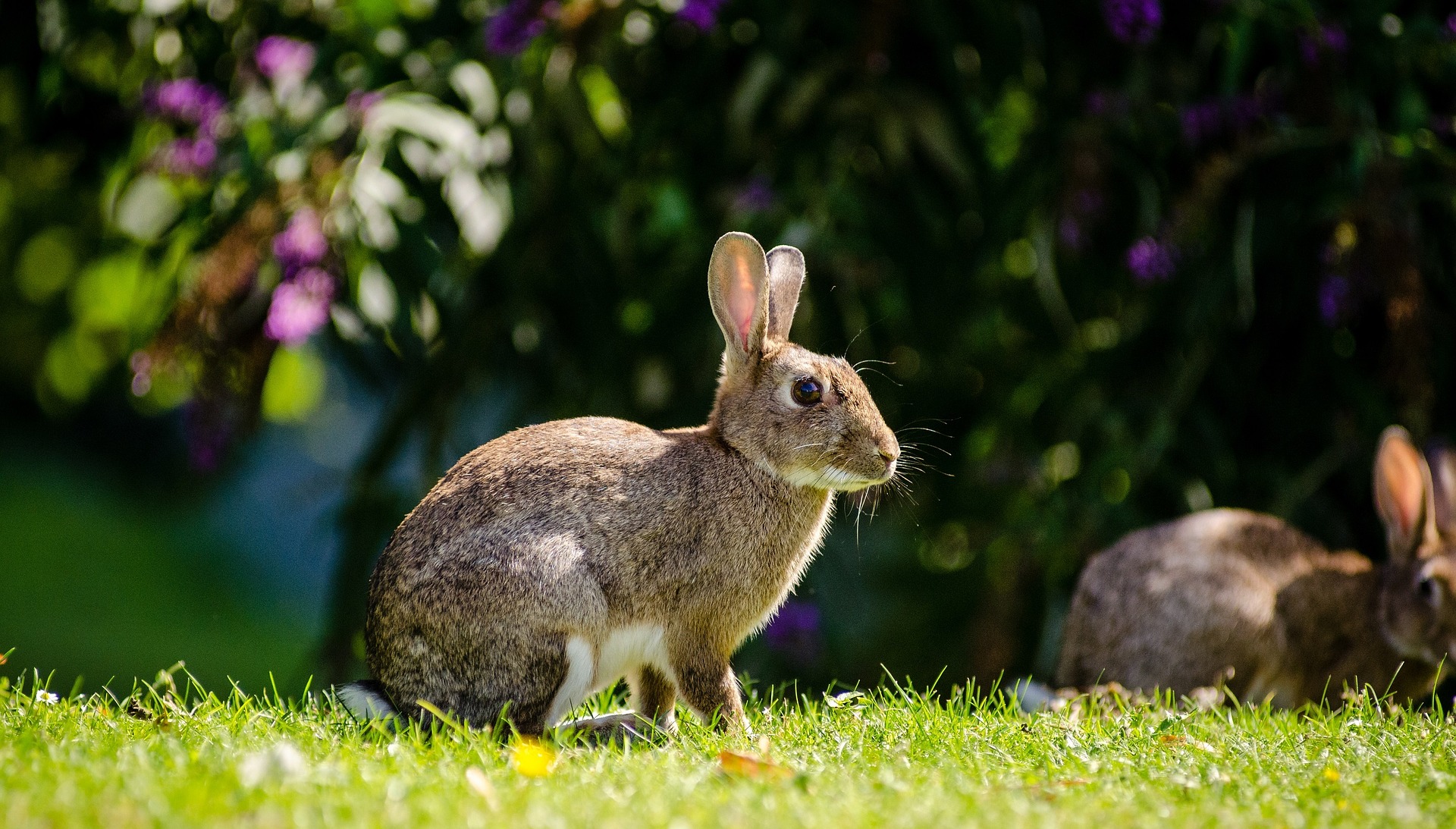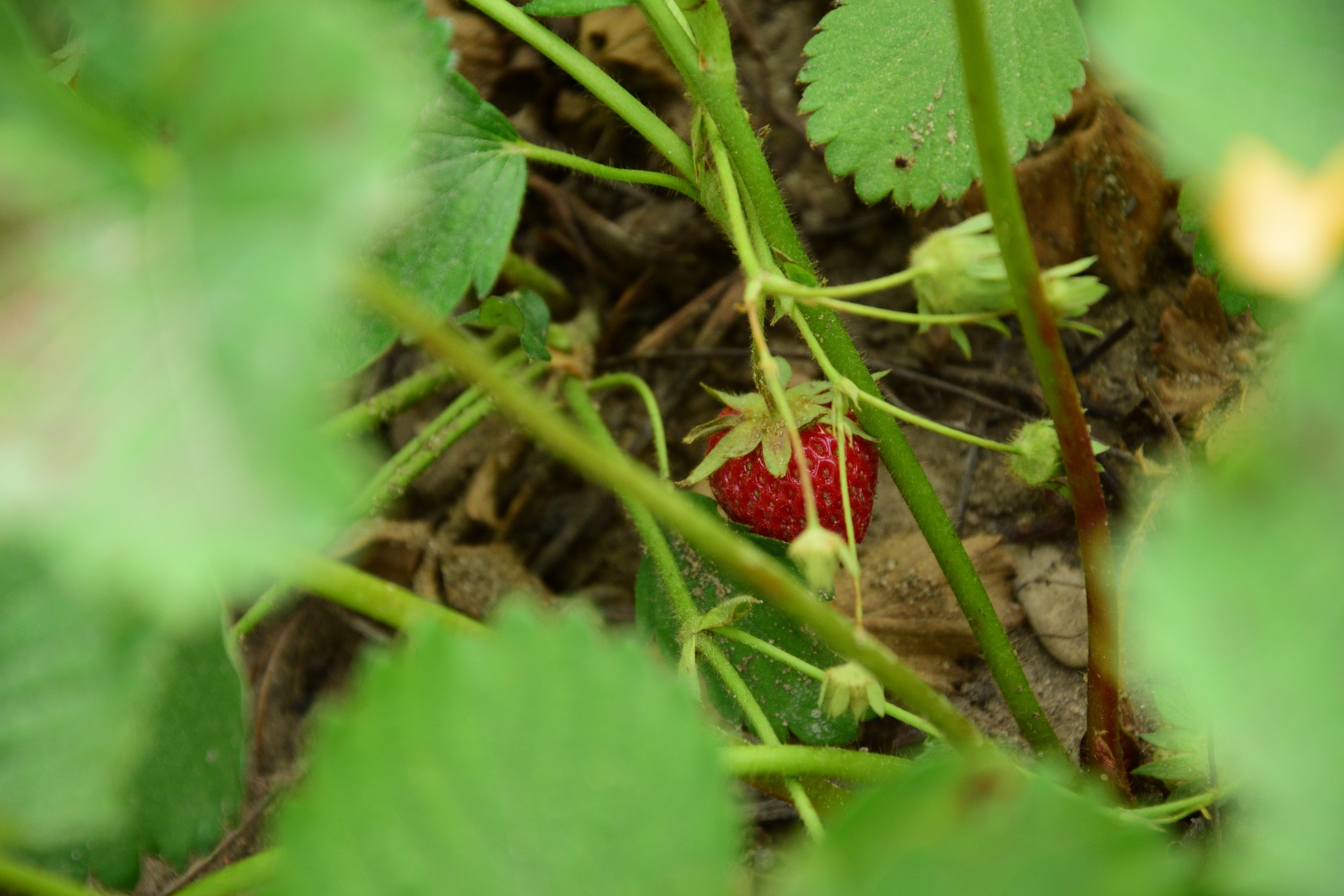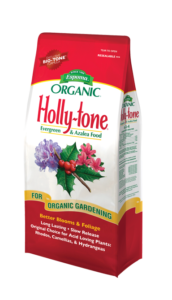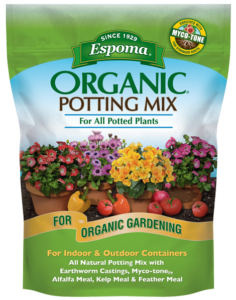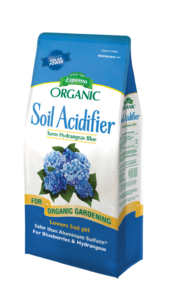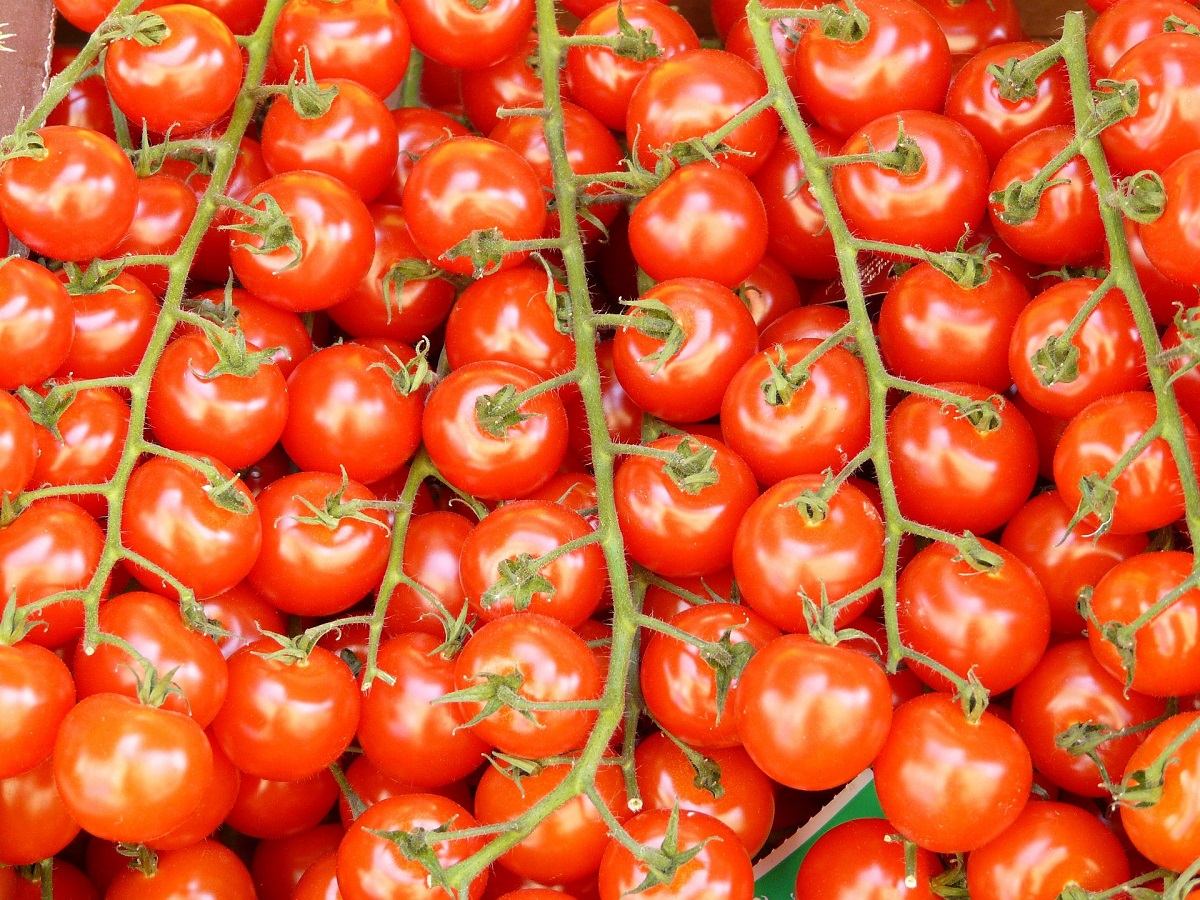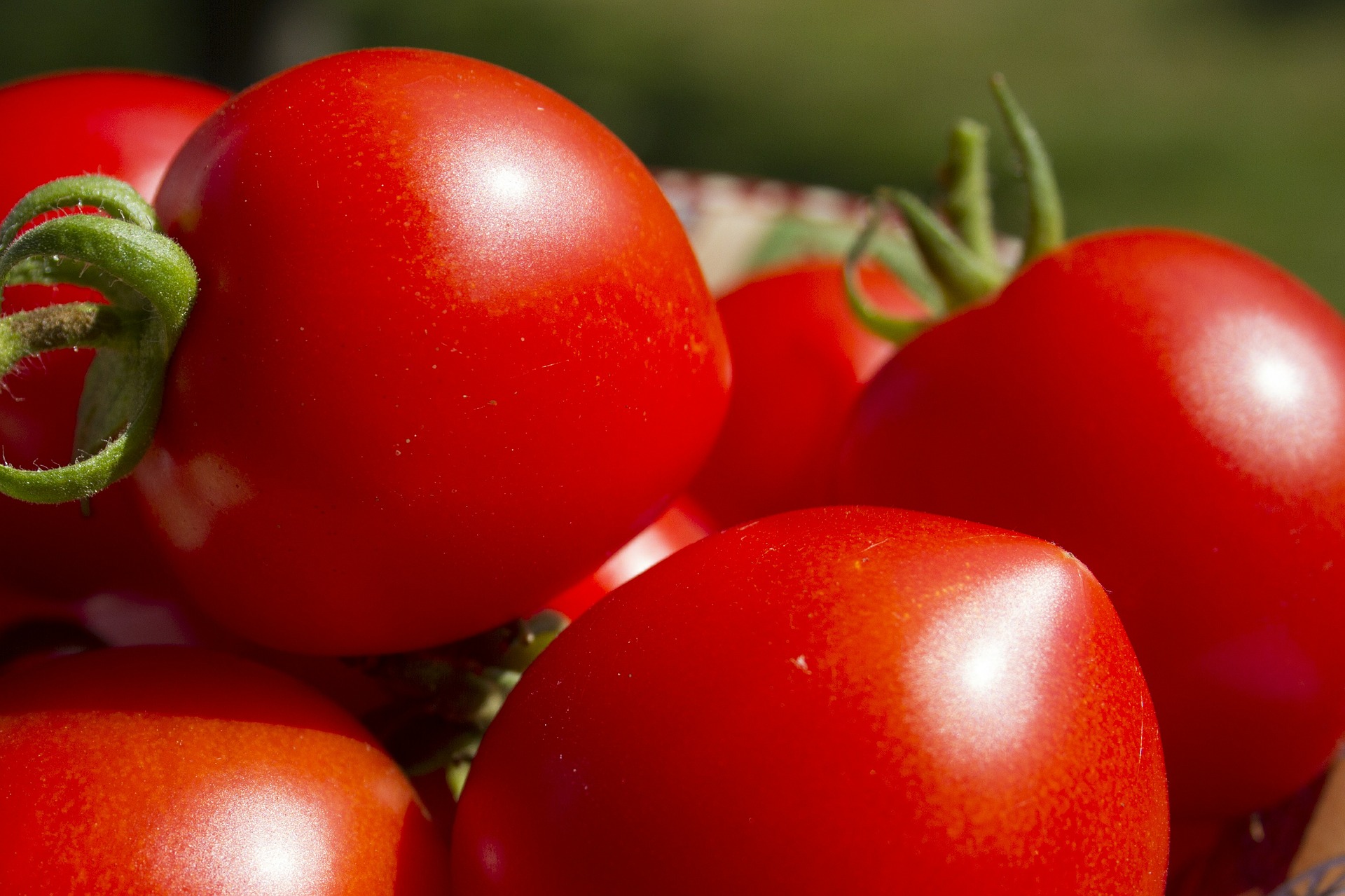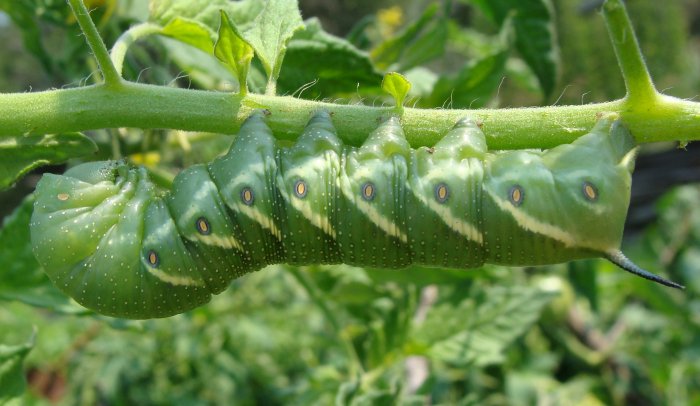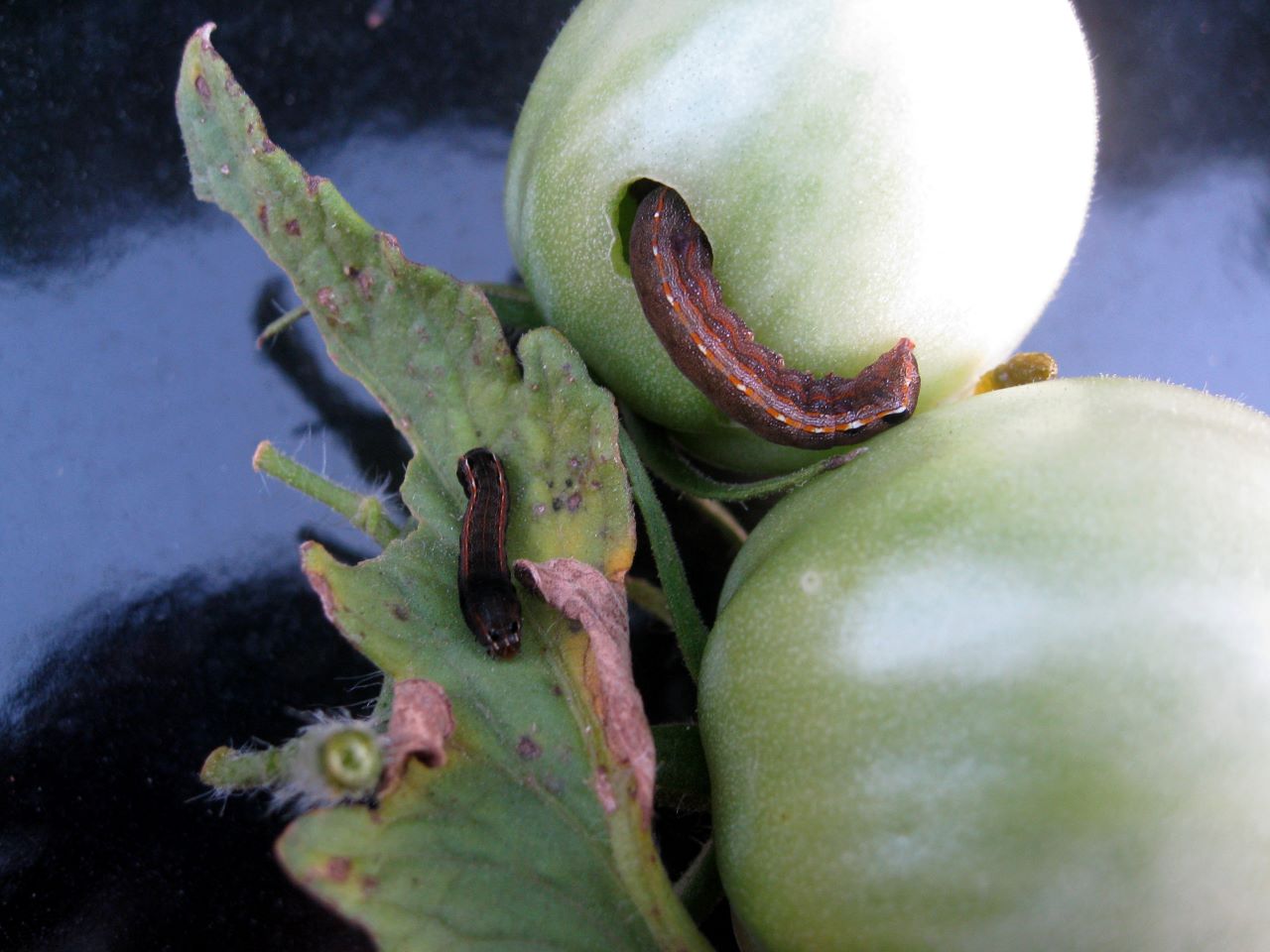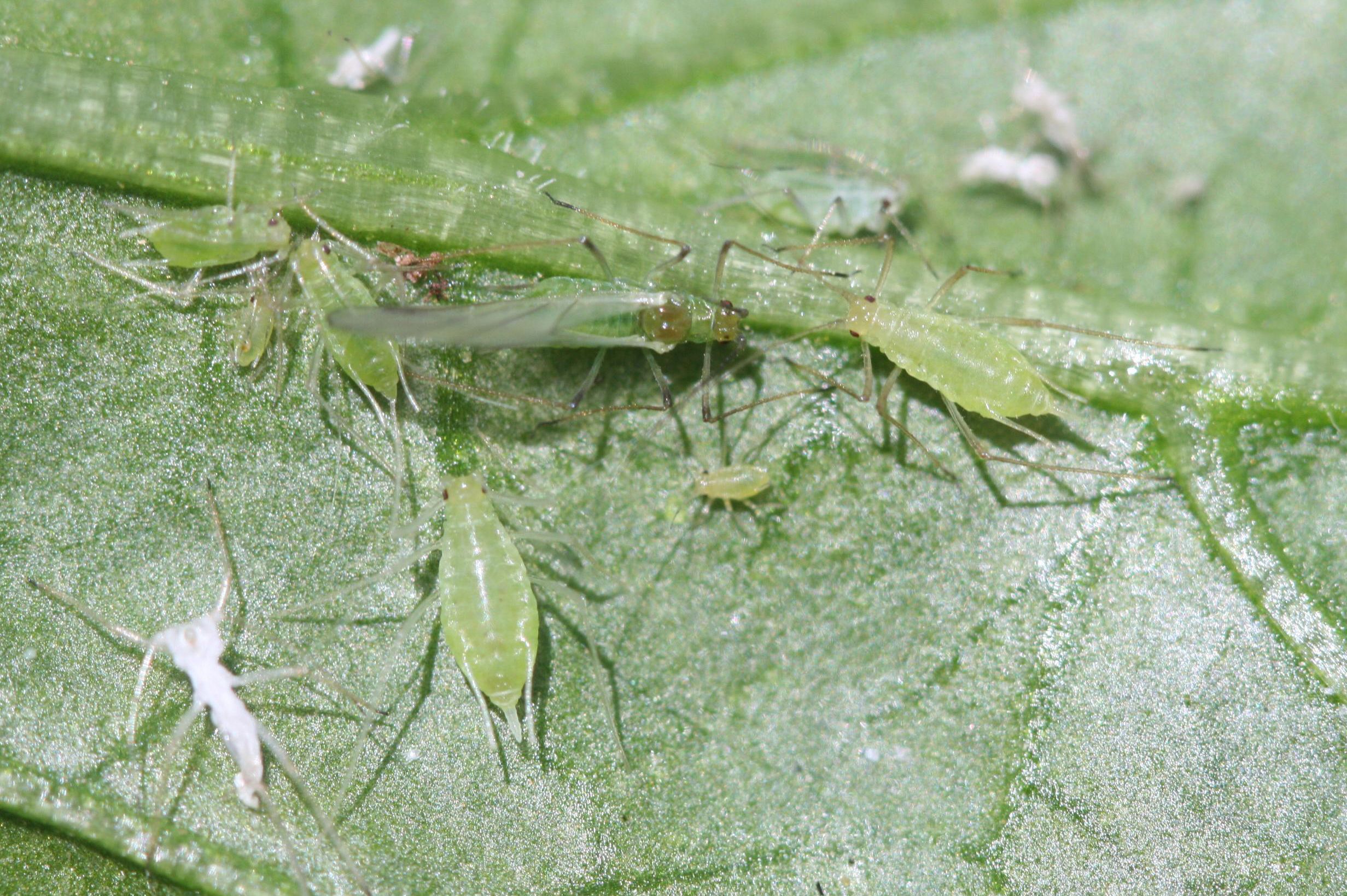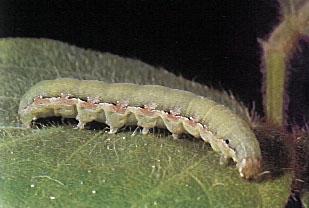Lazy days of summer? Think again! July can be a busy month in the garden.
While watering and deadheading may seem like tedious tasks, harvesting and enjoying the bounty are the reward for months of hard work.
Here are seven things to do in the garden this month.
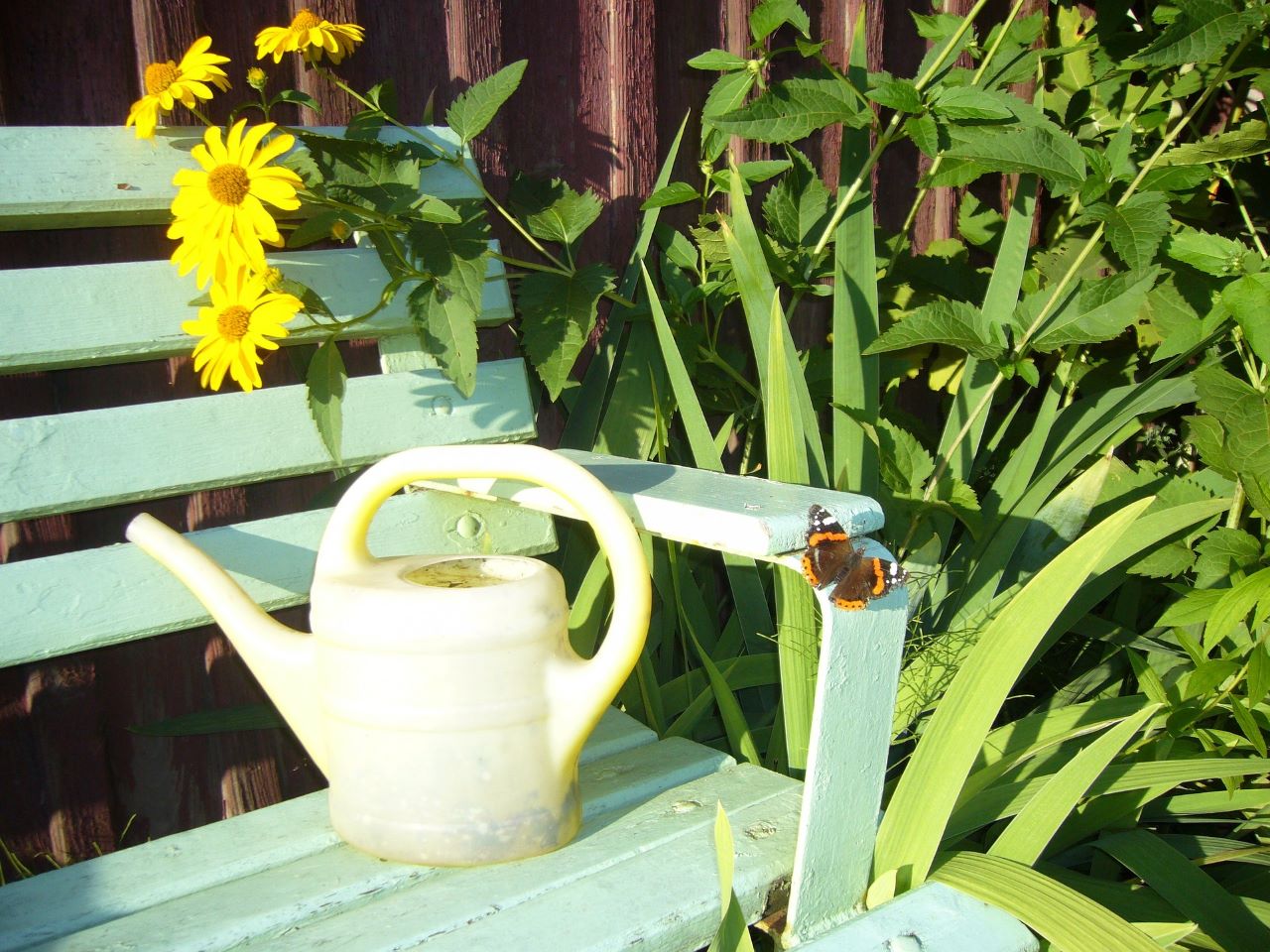
1. Follow the Watering Rule
Follow the primary rule of summer watering to ensure garden plants get the right amount of water. Water thoroughly and deeply in the morning by making pools in the soil around the roots. Deep watering allows roots to grow deeper and stronger, making them less likely to dry up and die.
When you water will depend on your weather. Check dryness by touching the soil. It should be moist at least 1” below the surface.
Water containers and hanging baskets daily until water runs from the drainage holes.
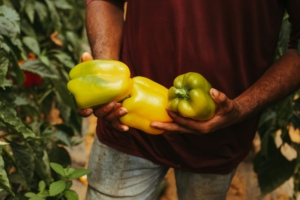
2. Pick, Eat, and Replant
You can finally enjoy the fruits of your labor!
Harvest tomatoes, peppers, peas, carrots, cauliflower, beans, broccoli, leeks, onions, eggplants, cucumbers, squash, Brussels sprouts, kale, lettuce, melons, parsnips, potatoes, radishes, pumpkins, and rutabagas.
Harvest tree and vine fruits when they are able to be gently plucked or twisted from their stems. Berries, apples, and stone fruits should all be ready for picking in July.
Pick, dry, and freeze herbs for use later in the year.
Sow seeds of cool-season crops such as greens and root vegetables for harvesting throughout August and September. Plant garlic for harvest next season.
Prune tomato suckers weekly and cut off any leaves growing below the lowest ripening fruit trusses to improve air circulation and prevent diseases. Thin fruit trees for a more robust harvest.
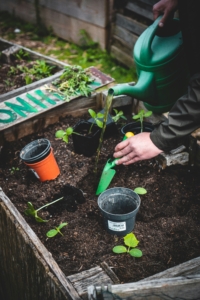
3. Plants Need to Eat, too
Continue to feed hanging baskets, container gardens, and faded annuals with Espoma Organic Bloom! liquid fertilizer every 2 to 4 weeks.
Vegetables such as tomatoes and peppers are heavy feeders. Continue to feed every 2 weeks with organic fertilizers Tomato-tone, Plant-tone, or Garden-tone.
Feed roses monthly through the summer with Rose-tone.
Houseplants are actively growing now and will benefit from monthly feedings of Espoma Organic Grow! liquid plant food.

4. Continue to Create a Safe Paws Lawn
Using organic lawn food, as well as organic mulch will eliminate the hazards that chemical fertilizers, pesticides, and synthetic mulches present to you, your family, and your pets. July is the time to feed your lawn with the summer revitalizer from our annual feeding program.
Water the lawn regularly, slowly, and deeply. Mow to 3″ to protect from the summer heat.

5. Keep an Eye out for Pests
Watch for insect or disease damage as the weather gets hotter and plants become more stressed.
Beetles, aphids, slugs, snails, and spider mites are just a few of the pests that visit your garden in summer.
Keep an eye out for powdery mildew. Remove any affected leaves to prevent further spread.
Health plants will be more able to fend off pests and diseases.
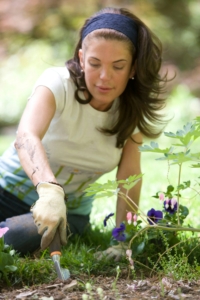
6. Weed, weed, weed
Clear weeds regularly, as they fight your plants for nutrients and water. Plus, you’ll want to pull them before they have a chance to flower and go to seed. Otherwise, you’ll fight even more weeds next season.
Cover freshly weeded beds with a layer of Espoma Organic Land & Sea Compost or mulch to conserve water and blanket weeds reducing their spreading.
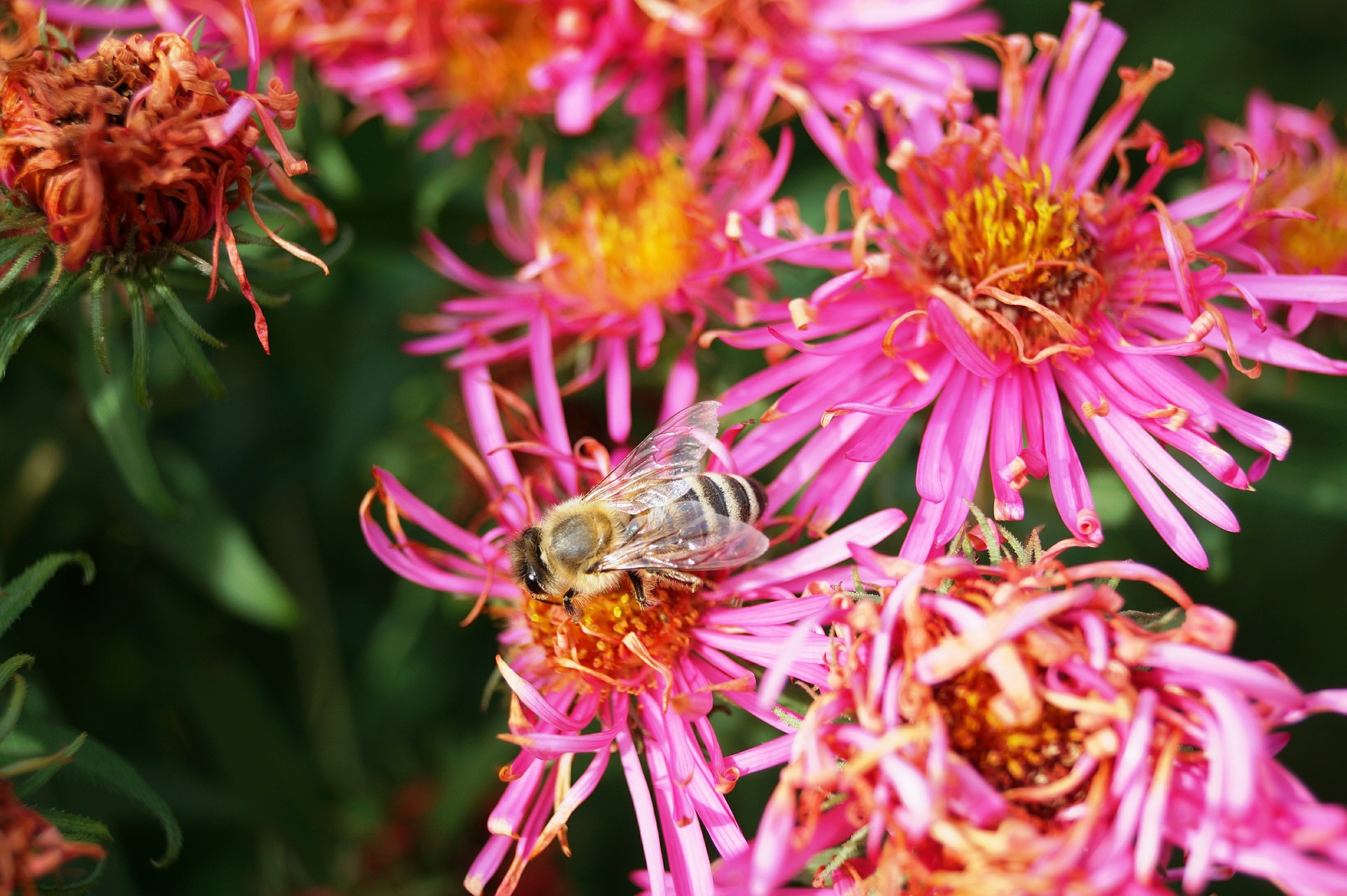
7. Prune and Deadhead
Prune summer flowering shrubs as soon as the blossoms fade. Deadhead annuals to promote more growth. Pinch fall-blooming flowers such as coneflower and asters in mid-July to promote a fall garden full of color.
Try to hold off on planting anything new until the fall as the hot temperatures and dry conditions can strain young roots. And you’ll benefit because most stores offer major end-of-season sales. If you do plant or transplant, make sure to fill the hole with Bio-tone starter plus and keep well-watered.
Enjoy! Take time to slow down and enjoy your garden with friends and family. We sure will be!
